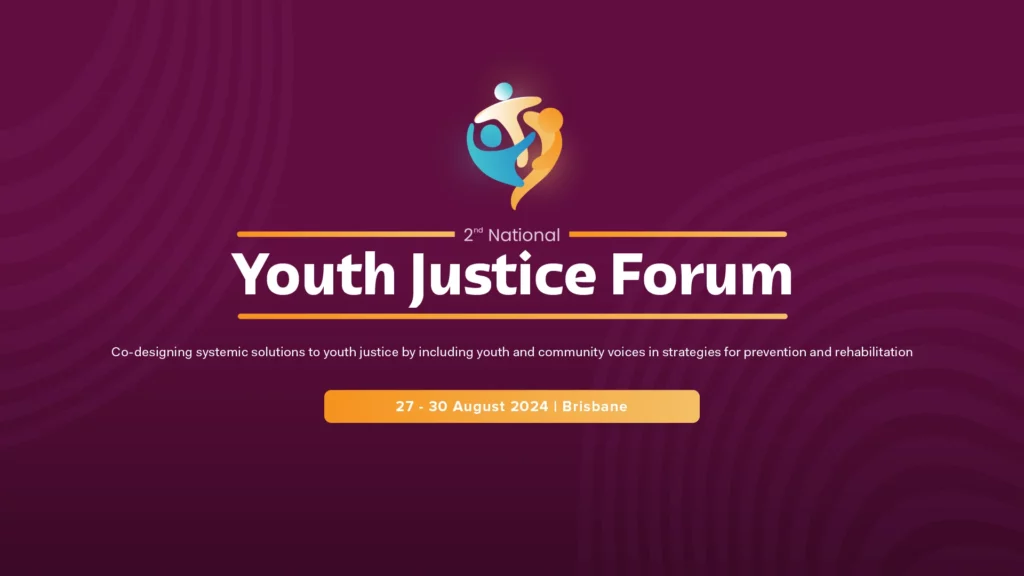“Excuse me, could you please help me get in touch with the Ford Foundation? We are sure they would be very interested in the work we do!”
It’s not rare for my office to receive a question like this from someone working for a not-for-profit (NFP) based outside of the United States (US). While I understand the interest in seeking funding from these private foundations, the example question above falls flat on two accounts.
First, there are literally thousands of foundations in the US that fund internationally – why approach such a high-profile foundation? Another, lesser known foundation could possibly grant more towards your cause – and possibly in a shorter time.
Second – and even more importantly – the question implies a complete misunderstanding of how this sector works. Fundraising is about opposite thinking. To paraphrase US President Kennedy: don’t ask yourself what the foundation can do for you – ask yourself what you can do for the foundation. Each foundation has its own goals and mission. If you ensure you can contribute to the furthering of those, they will be more likely to listen to you.
In all fairness, many Australian NFPs are already aware of this. Statistics made available by the Foundation Center indicate that over the past ten years, Australian NFPs secured over $US350 million (approximately $AU392 million) in grants. This amount was not dispersed over a happy few – more than 425 Australian NFPs had a share of this multi-million dollar pie.
Growth in international giving
There are three types of grantmakers: private foundations, grantmaking public charities and direct corporate giving programs. In the US, private foundations such as the Ford Foundation differ from public charities in that their funding stems from investment of an original donation from an individual, family or corporation, rather than from periodic public donations. These private foundations use this funding to offer grants to other organisations and to fund charitable activities.
There are over 110,000 grantmakers in the US, including private foundations, public charities and corporate programs. In 2011, the total amount of money US foundations provided for international purposes amounted to $US7 billion, of which approximately $US3.5 billion went to overseas recipients via cross-border giving.
The good news is that the US foundation market is in a continuous growth phase. In 2011, total charitable donations in the US increased by 4 per cent from 2010 to $US298.42 billion (overall giving), most of which came from individuals (approximately $US218 billion). An estimated $US42 billion was supplied by non-corporate foundations, which is a modest 1.3 per cent decline compared with 2010. Corporations and corporate foundations showed a similar giving pattern as in 2010, contributing $US14.5 billion. Interestingly, donations to sub-sector international affairs rose by 4.4 per cent in 2011.
“Surprises include the fast growth of giving to international affairs (from foundations) over the last decade, thanks to both an explosion in the number of charities serving this arena and an increasing cognisance among Americans about needs beyond our borders,” states the Indiana University’s Center on Philanthropy in its Giving USA 2012 – the annual report for philanthropy for the year 2011.
These figures indicate that we have now returned to pre-recession levels. While ‘religion’ is the most domestically granted area by US foundations, ‘health’ is the most granted area by US foundations when it comes to international grant-making, followed by ‘development’ and ‘environment’.
Increasing interest in the US foundation market
The more challenging news is that NFPs worldwide are facing governments that are both rapidly and steeply cutting their international aid budgets, forcing NFPs to diversify their funding base. For some, it is do or die. Not only Australian, but also European, Chinese, Indian, Mexican, South African and Argentinian NFPs are successfully treading this foundation path. Because of the sudden increased competition among NFPs, strategy has become more important than ever before.
The keys to becoming pre-selected
At any foundation, it’s the program officer’s job to confer and monitor grants, but an excessive influx of grant proposals often leads to the officer building a kind of ‘self-defense construction’ in order to protect the smooth continuation of an overburdened foundation.
“No applications accepted” and “giving only to pre-selected organisations” are phrases you may have read on the grant application page of various foundations’ websites. Submitting ‘cold proposals’ seems to be a gross waste of both parties’ time, so how does your organisation become pre-selected?
In my view, the post-recession fundraising process has been fundamentally reduced to three important phases in the following order: research, informal contact and cultivation.
First, you must do your homework – out of the 110,000 foundations available, which ones should you contact, and which ones should you leave alone, saving you time? Only through thorough and equal research of several sources – databases, tax records, annual reports and websites of foundations – in a specific order, can you narrow the search down to an acceptable longlist of 20–40 potential candidates.
Even after that, the warning is still valid – do not submit ‘cold’ grant proposals, but focus on informal contact first. Once this has been established – and this may be a lengthy and diplomatic process – and a first rejection remains absent, the period of cultivation begins.
Organisations do not give to NFPs – people give to people. They want to get to know you and to trust you. Allow time to build up a feeling of partnership between you and the organisation you’re approaching, and identify exactly how you can support each other. It’s a two-way street – be aware it might take up to two years before you’re invited to submit a grant proposal.













































































































































